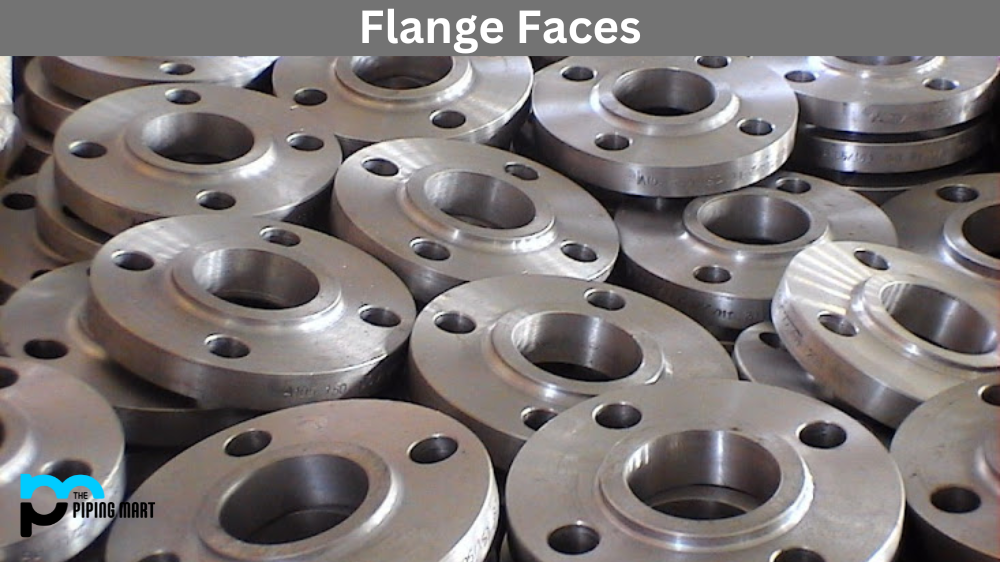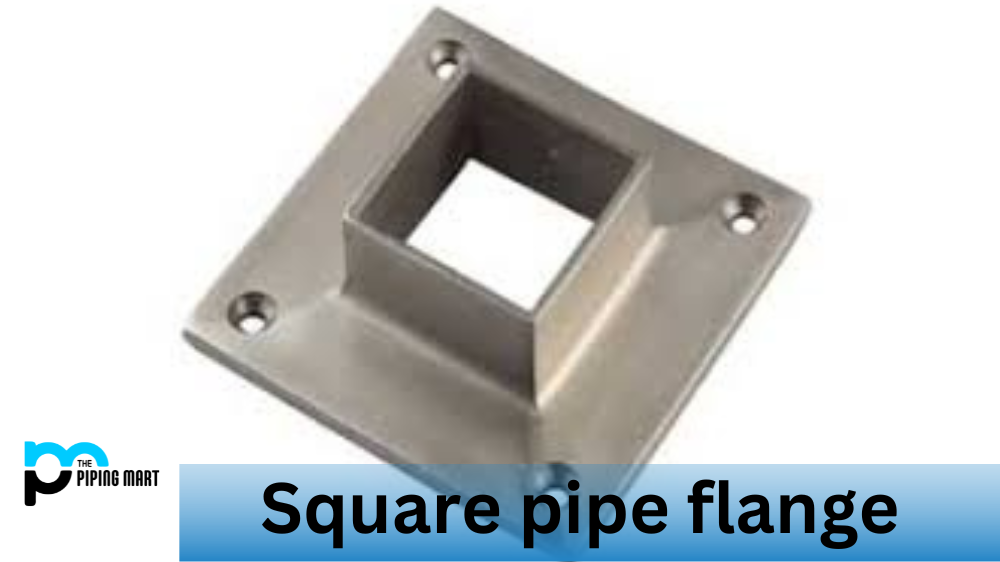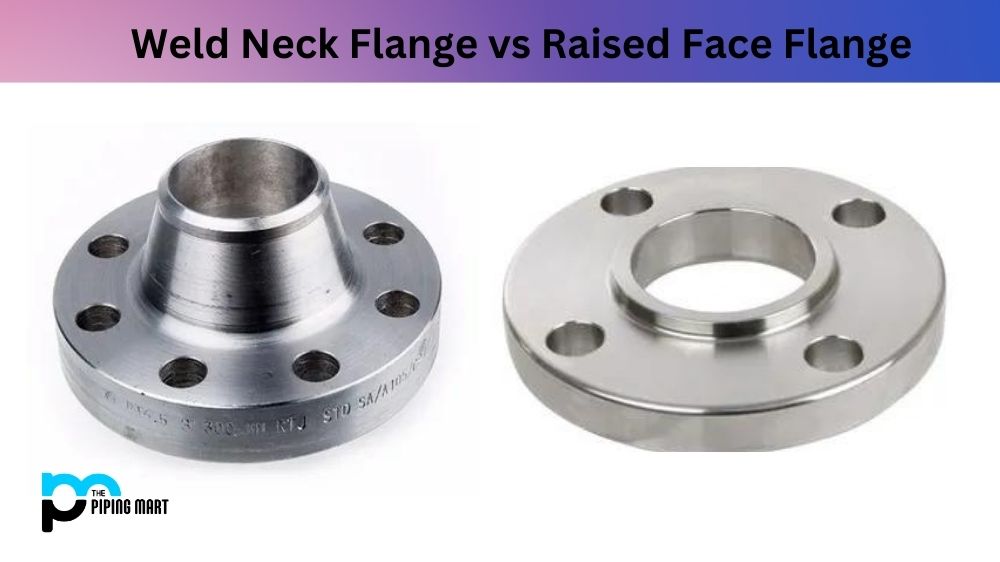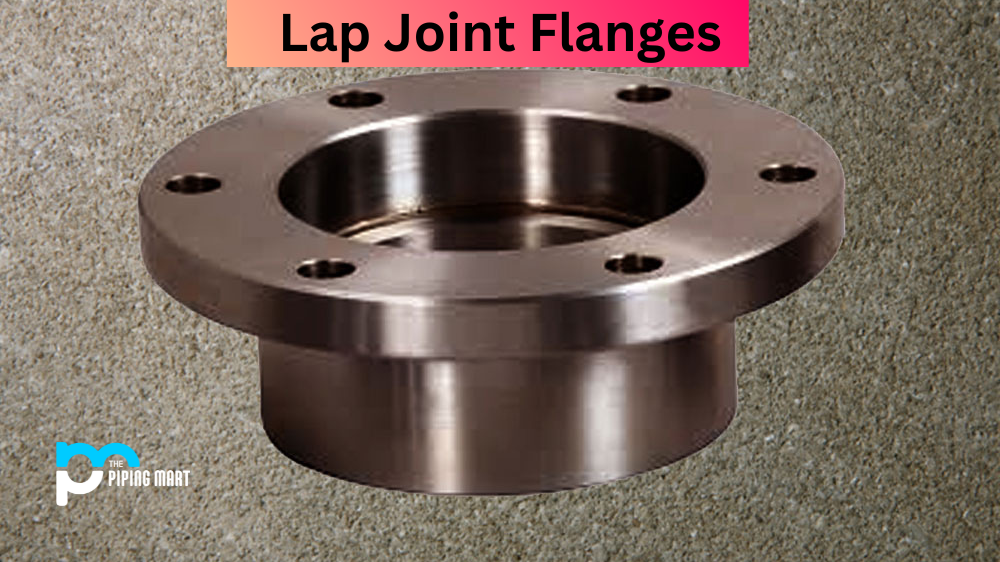In various industrial applications, flanges are vital as connectors between pipes, valves, and pumps. They establish secure and leak-proof joints, with the face type being a crucial aspect determining the surface interacting with the gasket. Different styles of flange faces exist, and understanding their specific applications is essential for the success of your project. This blog post aims to explore various flange face types and their respective uses.
Types of Flange Faces
Flat face Flange
Raised Face Flange
The Raised Face Flange is popular in high-pressure and high-temperature applications. It has an elevated surface around the bolt circle. Providing better-sealing thanks to the additional pressure on the gasket. Raised face flanges use full-face gaskets to ensure efficient sealing. They are cost-effective and popular in users.
Ring Type Joint (RTJ) Flange
The Ring Type Joint (RTJ) flange, also known as the Grooved flange, features a circular groove on its face to accommodate a metallic ring gasket. Primarily employed in high-pressure and high-temperature settings within the petrochemical and oil industries, RTJ flanges offer enhanced sealing, increased strength, and resilience in extreme operating conditions. Their design makes them a robust choice for applications demanding reliable performance under challenging industrial environments.
Tongue and Groove Flange
Tongue and Groove flanges feature a groove on one surface and a tongue on the other. The language fits into the track creating a better connection between the flanges, which makes it more resistant to bending forces. This type of flange face is used primarily for high-pressure, high-temperature steam services.
Male and Female (M&F) flanges
Male and Female (M&F) flanges represent a distinct face type, featuring a raised portion on the male flange and a corresponding recess on the female counterpart. This design promotes a secure and precise connection, effectively preventing misalignment. Widely employed in applications demanding accuracy, M&F flanges excel in enhancing sealing capabilities. Their suitability spans various industries, particularly those emphasizing precision and reliability in their operations.
Conclusion
Selecting the appropriate flange face type is crucial, with factors like pressure and temperature pivotal in the decision-making process. Flat-face flanges are optimal for low-pressure situations. While raised-face flanges are well-suited for high-pressure applications. Ring-type joint flanges thrive in high-temperature and high-pressure conditions, and Tongue and Groove flanges are tailored for high-pressure steam services. (M&F) flanges are promotes a secure and precise connection. Seeking professional advice is prudent to ensure optimal performance and safety in your application.

Meet Bhavesh, a seasoned blogger with a wealth of knowledge and experience. From metal products manufacturing to retail, Bhavesh has a diverse background in various industries and is dedicated to sharing his insights and expertise with readers.




